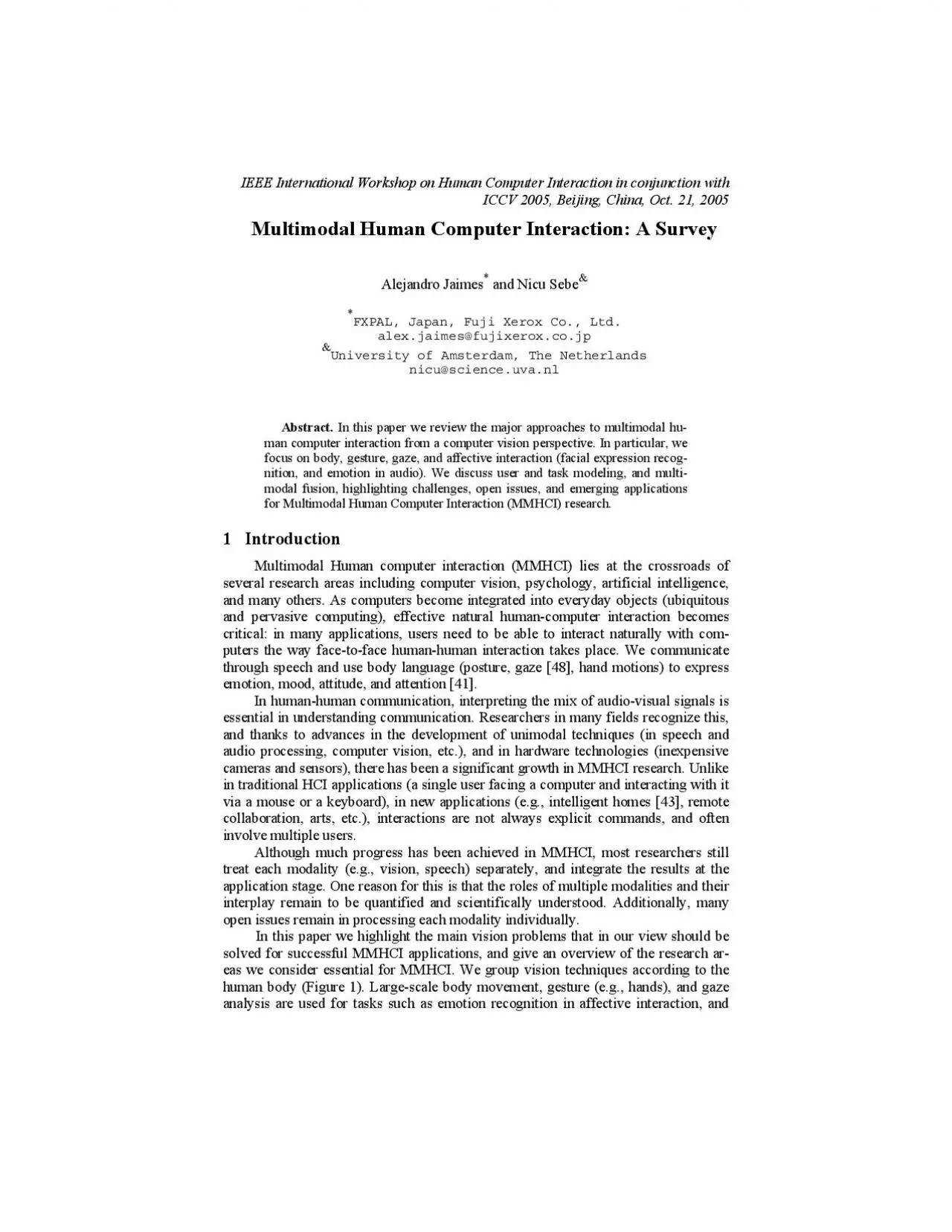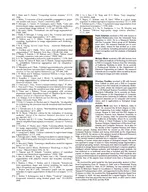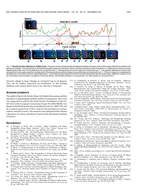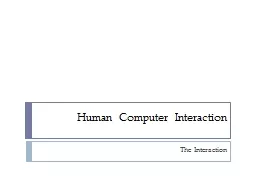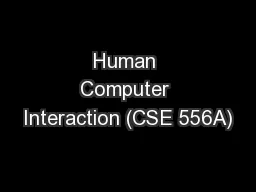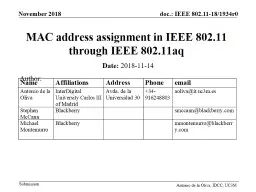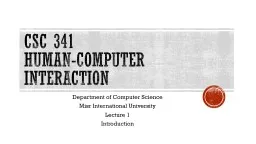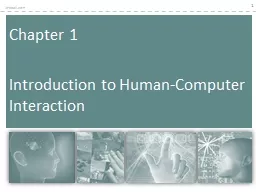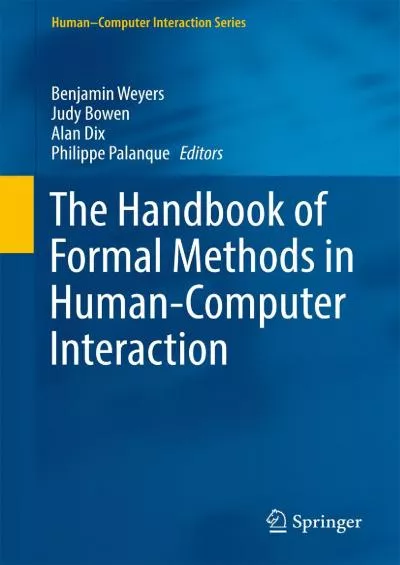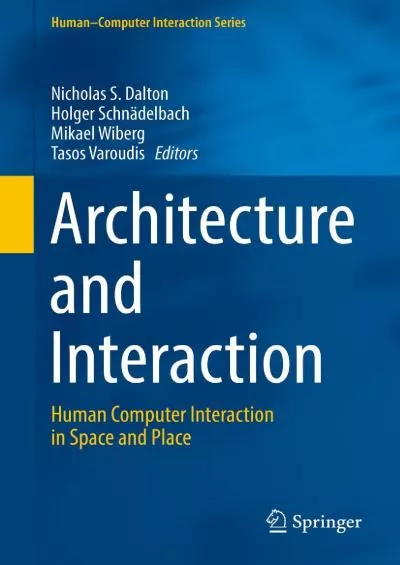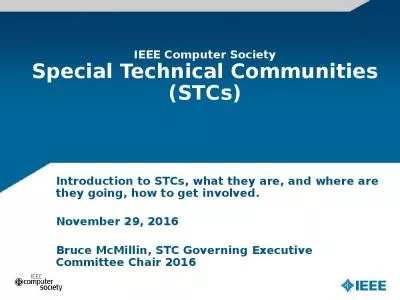PDF-IEEE International Workshop on Human Computer Interaction in conjuncti
Author : carla | Published Date : 2021-01-05
IEEE International Workshop on Human Computer Interaction in conjunction with ICCV 2005 Beijing China Oct 21 2005 for a variety of applications We discuss affective
Presentation Embed Code
Download Presentation
Download Presentation The PPT/PDF document "IEEE International Workshop on Human Com..." is the property of its rightful owner. Permission is granted to download and print the materials on this website for personal, non-commercial use only, and to display it on your personal computer provided you do not modify the materials and that you retain all copyright notices contained in the materials. By downloading content from our website, you accept the terms of this agreement.
IEEE International Workshop on Human Computer Interaction in conjuncti: Transcript
Download Rules Of Document
"IEEE International Workshop on Human Computer Interaction in conjuncti"The content belongs to its owner. You may download and print it for personal use, without modification, and keep all copyright notices. By downloading, you agree to these terms.
Related Documents

